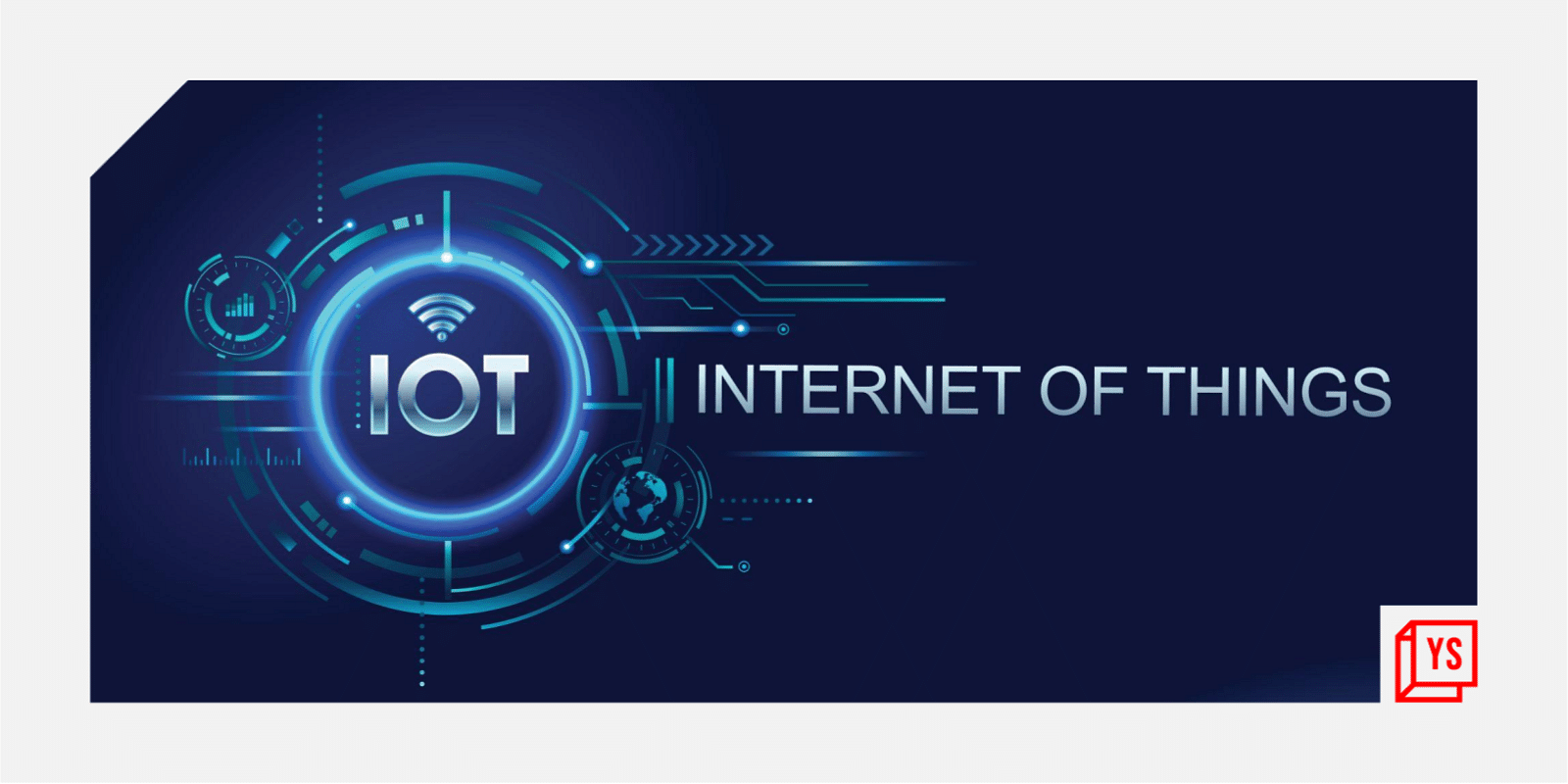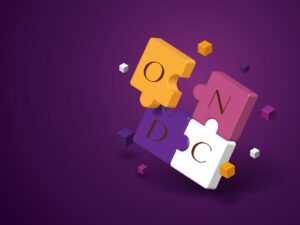In 2019, Prime Minister Narendra Modi envisioned to make India a $5 trillion economy and global powerhouse by 2024-25. We are not very far away from 2025.
Does this sound like a distant dream for India or is it possible to reach that goal? We will eventually find out. But what can help to accelerate growth and get to a $5 trillion economy is how we use the powerful combination of knowledge and technology to our advantage.
In the last few years prior to the breakout of the COVID-19 pandemic, India was well poised and at the cusp of high-growth due to breakthrough economic reforms and forward-looking policy transformations, opening up unlimited opportunities for entrepreneurs to innovate newer, disruptive models, like never before.
India – a hotbed for tech innovation
One of the most fascinating aspects of India is that the creativity of its people and their innovation skills are changing the dynamics of not only the local but also global economy, especially in the fields of Internet of Things (IoT), artificial intelligence (AI), machine learning (ML), deep learning (DL), etc.
Given the benefit of a dynamic young population – with more than half of the country’s population below the age of 25, coupled with flagship programmes such as Digital India, Make in India, Startup India, Atmanirbhar Bharat, etc., the government seems to have grasped this change and fueled the march towards the $5 trillion dollar economy dream.
India is closing on to the second-generation digital revolution, which will spread across the economic spectrum, from agriculture, rural-commerce, healthcare, education, financial & other services, manufacturing to infrastructure development and create a new set of jobs and render some existing ones obsolete.
Communication is the game-changer
At the heart of everything though, ‘communication’ is key and what makes this an even better experience is the rapid growth of the telecommunication industry, which has contributed hugely towards the faster growth of the economy.
With the advent of 5G, the dynamics are set to undergo 360 degrees change. This is mainly because 5G will enable many new technologies such as AI, ML, IoT, etc. to go mainstream, which are now the privilege of a few, and that will in turn create multiple everyday use cases.
To quote Andrew Ng, a Stanford University Scientist who researches on AI, ML and deep learning says, “AI is the next Electricity”. He further elaborates saying, “Just as electricity transformed almost everything 100 years ago, today I actually have a hard time thinking of an industry that I don’t think AI will transform in the next several years.” – and that to me summarises the revolution we are about to experience in the coming times, thanks to the proliferation of IoT technology.
What’s in it for the consumer?
From a larger consumer purview, this simply translates to the greater availability and uptake of smart tech devices, powered by IoT.
As we look around us, we cannot help but marvel at the way people communicate. Wearables such as earbuds, smartwatches and other forms of smart devices have become a mainstay. It’s gone beyond personal tech and entered our homes, changing them overnight into smart homes and how!
Today, when you enter any home in the metros and tier 1 cities, you are bound to find at least one piece of home automation device whether it be a smart TV, a smart washing machine, or a robot vacuum cleaner going about doing what it does best. We already can see many working couples’ households being managed by the touch of a single button on the remote control.
A smartphone, even some smartwatches, is enough to control their entire home from TV, Refrigerator, washing machine, air-conditioner, bulbs, fan, plugs et al. All this finally contributing to a better standard of life and India inching towards a $5 trillion economy.
Some cynics would say this is too much of a long shot to equate India’s growth with the application of modern technology such as AIoT. But we say, yes, it is a long shot but not totally baseless a movement. In India there is a saying, “boond boond se ghada bharta hai.”
We believe every small change in the way people live and work, ultimately ties into the growth of the economy. If there are tectonic shifts in the way people live, it will create a long-term movement which will have a direct and maybe even a positive economic impact.
Faster adoption of tech during the pandemic
Let’s just look at the given COVID-19 situation itself. While for some industries, it meant a sudden slowdown; for the tech industry and especially for the smart devices industry it came in like a silent boon. How? one would ask. During the last two years, people’s lifestyles have changed drastically.
Things that we otherwise did in person, have moved to the virtual room. And when we went virtual, the collateral benefit was that apart from the medium itself, it gave birth to a new normal. A normal which meant we met people online, through smart devices.
In parallel, people started taking incremental interest and care for their health & fitness owing to the widespread scare of the pandemic, resulting in an overall healthcare tech boom. This trend does not seem to die down anytime sooner as we will have more smart devices such as smartwatches and health apps monitoring health metrics like heart rate, BP, blood glucose levels, etc and a healthcare provider at the backend to take care of people’s daily health requirements. Now imagine the world with 5G and these smart devices connected to each other, much faster than ever.
If you don’t want to go by trends, you could have one look at statistics and realise this trend is for real. For example, India’s smartwatch market registered a YoY growth of 293 percent (according to Counterpoint Research). This is a clear indicator of more hardware being sold than ever before. This needs to be powered by blazing fast communications technology.
Rural growth accelerated by technology adoption
When we talk progress, we cannot be leaving our brethren in tier 2, 3, and 4 towns and villages. Even today, nearly 65 percent of the Indian population can be classified as a rural population. We most definitely cannot look at only the metros and yearn to reach the $5 trillion economy goal. And what makes it possible for us to include the cities beyond the metros part of this growth chart? Technology.
AIoT has been nothing short of a fairytale and has impacted countless industries in several positive ways. It can play a critical role in developing the rural ecosystem by offering the same privileges to rural India as it has in urban India.
The verdict
We need to remember that this is just the tip of the iceberg of solutions. Let’s not forget that India remains a hot spot on the radar of global market leaders as an emerging market. Players in the sectors of transportation, energy, manufacturing and telecommunication are already plotting ways to deliver top-drawer products and services to India.
Millions stand to gain; millions will be connected by AIoT. What AIoT can achieve, the possibilities are in fact humongous. Do we want to get there? Yes. Are we prepared for it? Perhaps. India is at a tipping point, only time will tell whether we make it or break it. Hitting the $5 trillion economy mark or not, India definitely is poised for growth with AIoT as a key enabler.
(Disclaimer: The views and opinions expressed in this article are those of the author and do not necessarily reflect the views of YS.)









